Hazard Communication Standards: Training Essentials
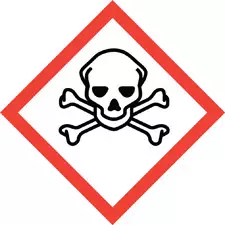
While the Hazardous Material Program (HazMat) is well known, fewer employers and employees are familiar with the Hazard Communication Program (HazCom). However, both HazMat and HazCom play a vital role in protecting workers against the dangers of hazardous chemicals in the workplace. The primary focus of HazCom is to ensure that all employees have access to information about the chemicals they encounter in the workplace on a regular basis. The program, supported by the Occupational Health and Safety Administration (OHSA) of the US Department of Labor, primarily aims to ensure that chemical manufacturers properly label their products in accordance with the Material Safety Data Sheets (MSDSs). Indeed, as stipulated by the OHSA:
- Chemical manufacturers and importers are required to evaluate the hazards of the chemicals they produce or import, and prepare labels and safety data sheets to convey the hazard information to their downstream customers;
- All employers with hazardous chemicals in their workplaces must have labels and safety data sheets for their exposed workers, and train them to handle the chemicals appropriately (OHSA https://www.osha.gov/dsg/hazcom/)
This post introduces HazCom and discusses the steps employers can take to ensure they are in compliance with HazCom standards and doing everything possible to ensure the healthy and safety of their employees. This post also discusses how and why a learning management system may be an especially effective way to support ongoing HazCom training in the workplace.

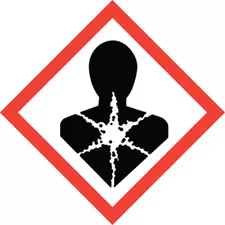
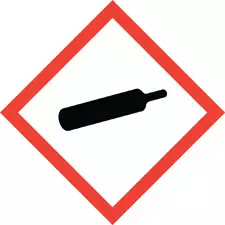
Recommended 7-Step HazCom Plan
Step 1: Familiarize Yourself with the HazCom Standards
First and foremost, employers should obtain a copy of the OSHA’s Hazard Communication Standard and familiarize themselves with its basic tenets.
Step 2: Identify Staff Who Can Oversee HazCom Standards
Appoint one or more staff members to ensure that the HazCom Standards are being followed; this staff member or team of staff members should also be charged with overseeing staff training initiatives on HazCom.
Step 3. Prepare and Implement Your Written Hazard Communication Plan
Ensure you have a written plan in place outlining all HazCom guidelines. The plan should include details on how your organization will address the need for labels and other forms of warning, the preparation of a safety data sheet, and employee training in the workplace. The program must also include a list of hazardous substances known to be present in the workplace.
Step 4. Ensure Containers are Labeled
Manufacturers are required to provide labels on all shipped materials with the following information: product identifier, signal word, pictograms, hazard statements, precautionary statements, and the name, address and phone number of the responsible party. If any of this information is missing, ensure it is added when the shipment arrives. You may keep the manufacturer’s label on and/or add your own label. Either way, be certain all the information is clearly displayed in some form.
Step 5. Maintain Safety Data Sheets (SDS)
It is also the responsibility of the employer to maintain safety data sheets for each hazardous chemical in the workplace; these sheets must be available to employees at all times and provide complete information on the hazardous chemicals present in the workplace. While SDS were traditionally stored in a binder (e.g., outside the central office and on construction sites, in a truck that is always on site), increasingly, SDS information is being stored online where it is accessible to all employees at all times. To learn more about how to use a learning management system to store vital information that employees can access as needed on the job, visit the eLeap website.
Step 6. Inform and Train Employees
The most important part of any HazCom Program is training. After all, if your employees don’t understand the labels, the labels will not fulfill their function. Indeed, as the OHSA emphasizes, “The purpose of hazard communication training is to explain and reinforce the information presented to employees through the written mediums of labels and material safety data sheets, and to apply this information in their workplace. Labels and material safety data sheets will only be successful when employees understand the information presented and are aware of the actions to be taken to avoid or minimize exposure, and thus the occurrence of adverse effects.” Notably, it is essential that employees received training on hazardous chemicals before they begin working and before new hazardous materials are introduced into the workplace. As a result, HazCom training needs to be updated and delivered on an ongoing basis. For this reason, HazCom training is also an excellent opportunity for the organization’s to give employees a chance to raise health and safety concerns.
Whether you choose to carry out your HazCom training onsite or online, however, as per OSHA guidelines, your training should “provide employees with effective information and training on hazardous chemicals in their work area,” inform them of “any operations in their work area where hazardous chemicals are present”, and ensure they know “the location and availability of the written hazard communication program.” In addition, as per OSHA guidelines on HazCom standards, your training program must include:
- Methods and observations that may be used to detect the presence or release of a hazardous chemical in the work area (such as monitoring conducted by the employer, continuous monitoring devices, visual appearance or odor of hazardous chemicals when being released, etc.);
- The physical and health hazards of the chemicals in the work area;
- The measures employees can take to protect themselves from these hazards, including specific procedures the employer has implemented to protect employees from exposure to hazardous chemicals, such as appropriate work practices, emergency procedures, and personal protective equipment to be used; and
- The details of the hazard communication program developed by the employer, including an explanation of labels and material safety data sheets, and how employees can obtain and use the appropriate hazard information.
Step 7. Evaluate and Reassess Your Program on a Regular Basis
Since HazCom standards are always being revised and improved, it is important tot review your hazard communication program on a regular basis. While ensuring the program is up-to-date and in compliance with HazCom standards, also take time to ensure that your employees have in fact retained the information they were given in earlier workshops.
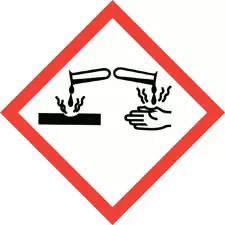
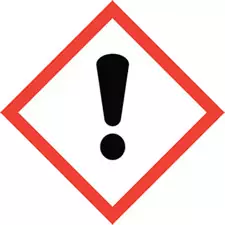
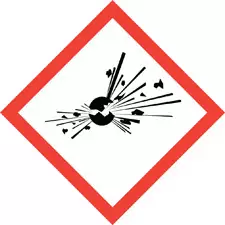
Support Your HazCom Training with a Learning Management System
Since it is essential that all employees, new and old, are aware of the dangerous chemicals on site, HazCom training must be considered an ongoing rather than one-time event. For this reason, e-learning and mlearning is an ideal way to deliver HazCom training. With mlearning, for example, one can not only reach new and old workers alike with new courses and refresher modules but easily revise their HazCom training courses as new guidelines are introduced and as new hazardous materials are introduced into the workplace.
To get started, see eLeaP’s course catalog, which includes Understanding GHS HazCom or Hazard Communication: The GHS and You. In this video, employees learn about the Hazard Communication Standard and the Global Harmonization System (GHS). The video includes information on the six types of information that must be identified on shipping labels in the case of hazardous chemicals. Specific attention is paid to signal words, the nine pictograms used to identify hazardous materials and hazard statements. The video also discusses how to handle the transfer of materials from bulk storage to smaller containers and how in-house labels may differ from shipping labels.
- Do you want to learn How to Jumpstart an E-Learning Program in Eight (8) Easy Steps?
- How do you Overcome Tradition and Improve Productivity in Manufacturing?
- See how to Train People Who Don’t Want to Be Trained – Barriers to Training